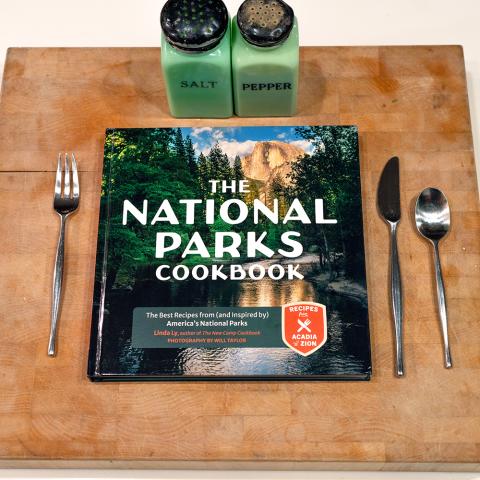
Environmental and conservation groups plan to file a motion Monday to intervene in the matter of a Phoenix company that wants to build hydropower projects in the Little Colorado River drainage upstream of Grand Canyon National Park/NPS file
A coalition of conservation groups wants the Federal Energy Regulatory Commission to deny a company's bid to build a hydropower project not far upstream of Grand Canyon National Park in the Little Colorado River drainage.
The project being pushed by Pumped Hydro Storage, LLC, of Phoenix, is a revised proposal from one seeking to build two hydropower dams along the Little Colorado itself.
Under the proposal that Pumped Hydro now is seeking preliminary permits for, four dams and reservoirs would be built in and above the Big Canyon tributary of the Little Colorado.
“This proposal to build four dams just three miles upstream from Grand Canyon National Park is simply outrageous,” said Kevin Dahl, senior Arizona program manager for National Parks Conservation Association. “The downstream impacts would threaten local endangered species and damage the park itself. The Federal Energy Regulatory Commission should not allow such a reckless project to go forward, especially when the Navajo Nation has objected to this intrusion on their sacred land.”
NPCA is one of a handful of groups represented by Earthjustice that are seeking to intervene to oppose a preliminary permit for the projects. The other organizations are Save the Colorado, Grand Canyon Trust, Living Rivers & Colorado Riverkeeper, Sierra Club, Waterkeeper Alliance, Inc., and WildEarth Guardians.
Earthjustice plans to file the paperwork with FERC on Monday.
Pumped Hydro's earlier proposal was to construct a series of dams, with reservoirs, on the Little Colorado not far upstream from the river's confluence with the main Colorado. The closest would have been within a half-mile of the national park.
Opponents said that proposal would change the timing and flows of the Little Colorado River just before it reaches the Colorado River, which carved the iconic Grand Canyon over millennia. The dams would lower the temperature of the Little Colorado River, they added, and eliminate its famed milky turquoise waters prized by rafters.
While the revised project would remove the infrastructure from the Little Colorado proper, it still would do damage to the ecosystem, said Michael Hiatt, staff attorney in Earthjustice’s Rocky Mountains office.
"It would still have pretty dramatic impacts to the Little Colorado River," Hiatt said late last week. "The prior two projects would have flat-out flooded the most important critical habitat for the endangered humpback chub in the entire Grand Canyon ecosystem. This would not flood that habitat, but it would pump groundwater from acquifers that feed the springs that provide the water for that habitat."
According to Hiatt, the U.S. Fish and Wildlife Service in the past has "made it clear that groundwater pumping in this area will result in harm to chub critical habitat."
"So it's still going to harm the fish," he said, "and it's also still going to have the impacts to sacred sites to many tribes."
The Earthjustice attorney said that Pumped Hydro's proposal calls for 44,000 acre-feet of groundwater to be pumped initially to fill the reservoirs, and then 15,000 acre-feet of water a year would continue to be pumped into the reservoirs for operations.
"For perspective, that 44,000 acre-foot fill, the aquifer currently for all uses -- municipal, industrial, agricultural -- is about 85,000 acre-feet per year withdrawal," said Hiatt. "So it's about a 50 percent increase in groundwater pumping there."
The current filing, if approved by FERC, would not allow the company to begin construction. Rather, it would "grant the permit holder priority to file a license application during the permit term."
If a license application were sought, more detailed environmental studies would be required to consider how the project would impact the ecosystem.




 Support Essential Coverage of Essential Places
Support Essential Coverage of Essential Places







Comments
The dam building era is over. Are we now going to build more dams that we will have to argue about removing later? Just like with the Stilo scam at Tusayan and Governor Douchey's disastrous incompetence on Arizona's COVID-19 response, how much more Arizona corruption will the citizens of the rest of the US have to clean up?